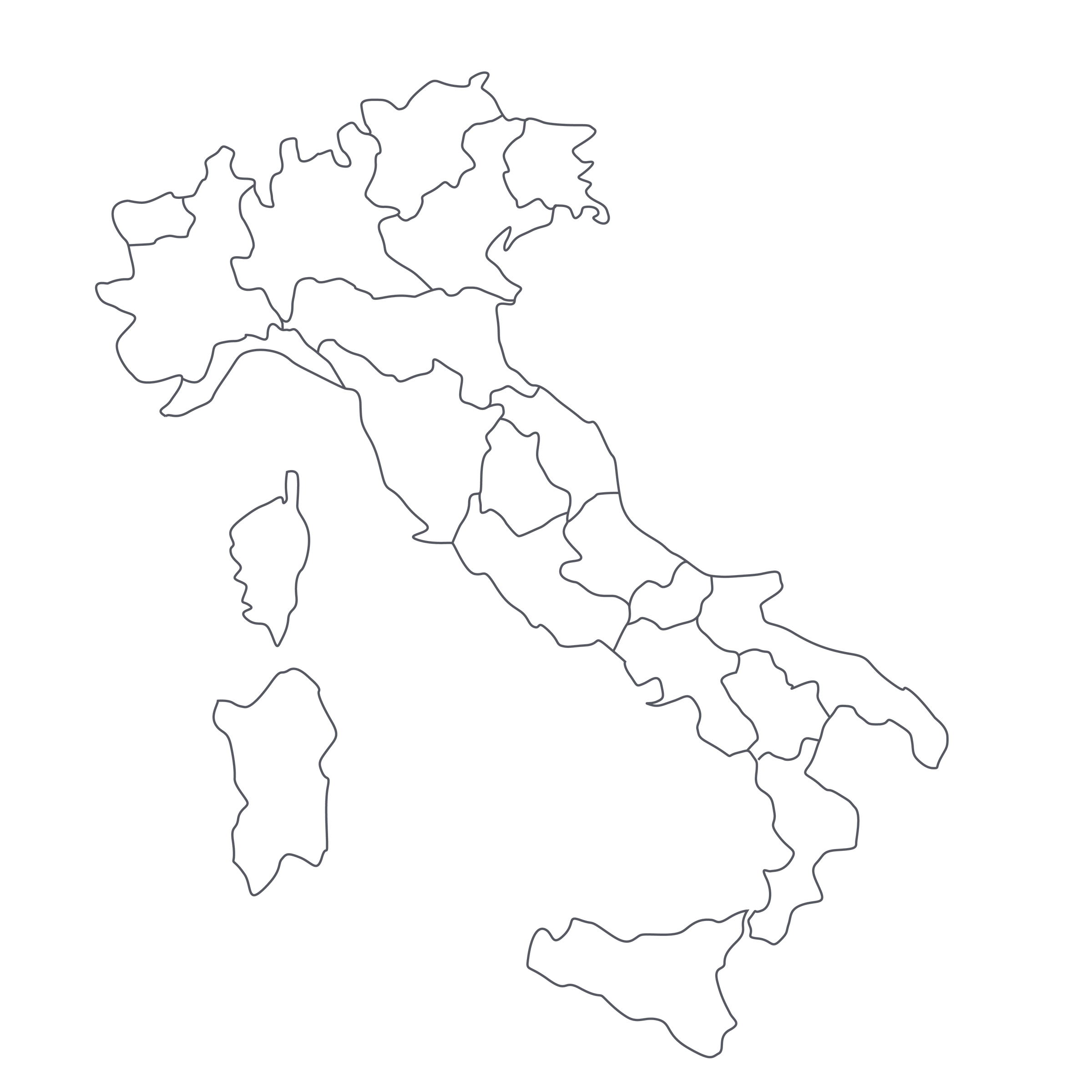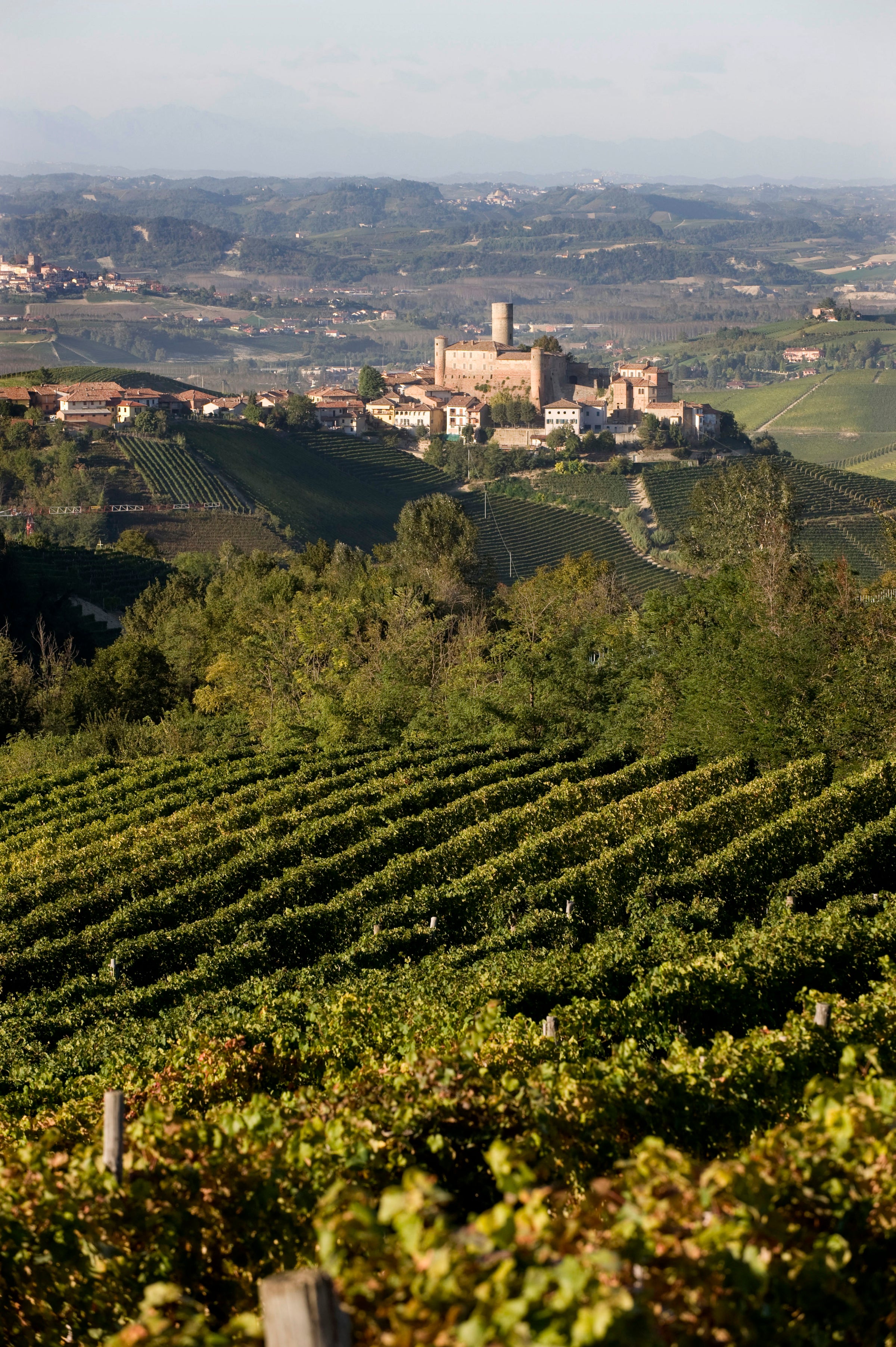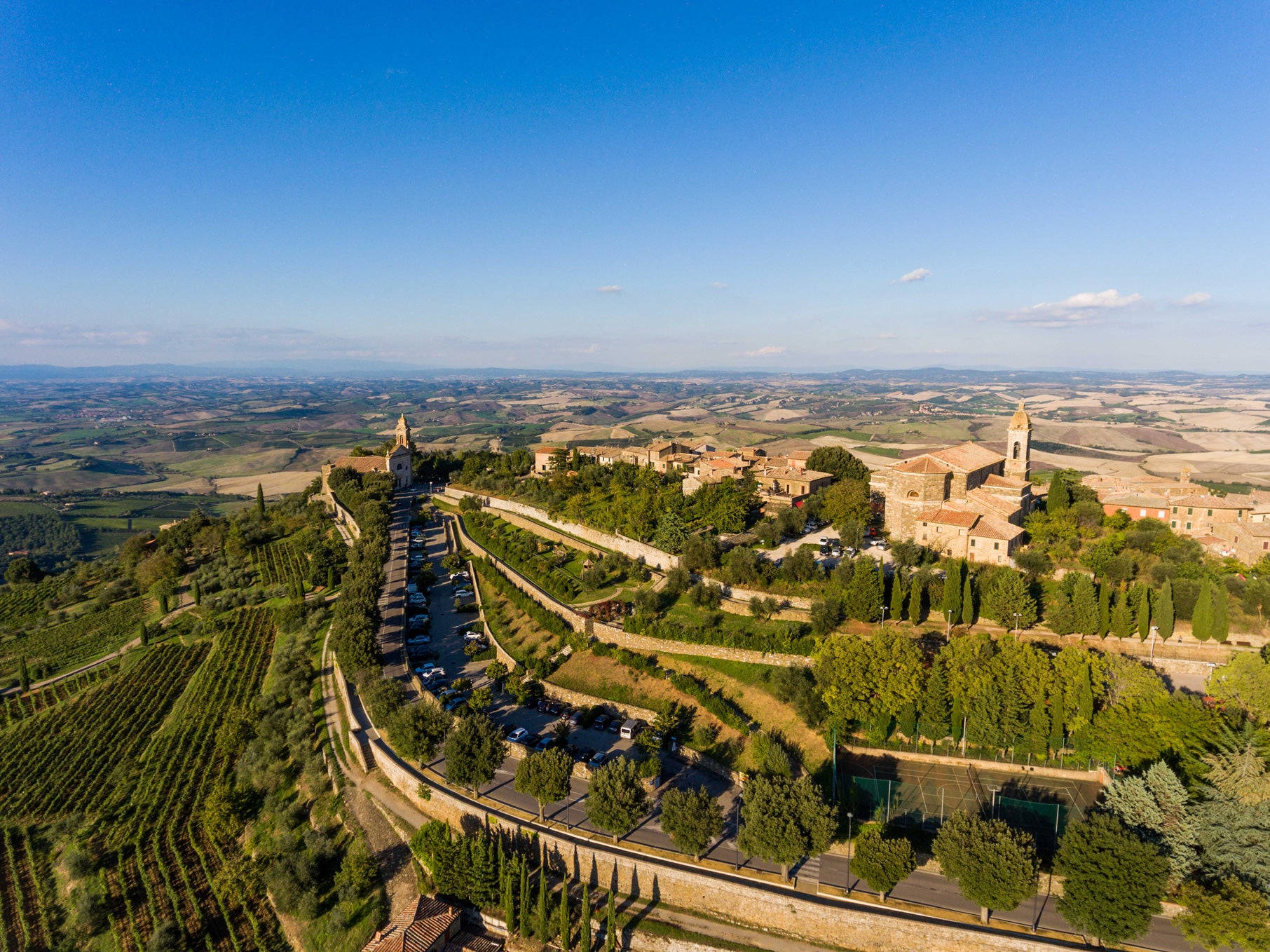What does $20 buy you in today’s wine market? Most of the time, it gets you something relatively generic. Serviceable, sure, but nothing to get excited about. Sometimes, however—and guess what, today is one of those times—you get so much more than you bargained for. It triggers what I’m now calling the “who-what-where-why-how” response. As in, who made it? What grape variety is it? Where’s it from? Why am I not drinking this every day? And finally, how is it so inexpensive?
I guarantee you that if you happened across today’s St. Magdalener without ever having seen it before, without any previous experience with St. Magdalener wines, you’d be asking all this and more. Well, I’ve got the answers for you, along with a call to action: If you love lighter-weight red wines from remote locales like France’s Jura or Savoie, add Italy’s bucolic Alto Adige region to your playlist. The local Schiava grape (called Vernatsch in German) is calling your name. This soft, spicy, exquisitely refreshing red would be delicious anytime, but it’s especially perfect now, when you can chill it to about 50-55 degrees and get your red wine fix on even the hottest days. Will I be taking a case? Oh yes. But there’s plenty on hand for all of you who demand authentic, small-production wine no matter the price point.
So, let’s get right to the who-what-where-why-how. For clarity’s sake, we’ll start with the “where.” It’s the German-speaking Alto Adige, along Italy’s mountainous border with Austria. Also known as Südtirol (German for “south Tyrol”), this province once belonged to Austria but was annexed by Italy after WWI. The region is centered around the Adige River Valley, over which the Alps and Dolomites loom; vines grow not only along the lush valley floor but in steep, often terraced vineyards that rise to some serious altitudes in places, with vast stretches of green interrupted by the church steeples in the small, hillside villages. Soils closest to the river are gravel and sand (which inspired many producers to plant ‘Bordeaux’ varieties), becoming rockier and more morainic (i.e. left by the retreat of glaciers) as you climb upward.
The “who” is Cantina Colterenzio, a.k.a. Kellerei Schreckbichl. In the Alto Adige/Südtirol, everything has both an Italian and German name. Colterenzio is one of the many cooperative wineries that define Alto Adige wine culture—collectives of small growers who contribute their grapes to a central facility which handles vinification, aging, bottling, etc. Like most of the region’s co-ops, many of which date to the 19th century, Colterenzio/ Schreckbichl is name for a winegrowing village southwest of Bolzano, along the region’s weinstrasse (wine route). Colterenzio is a hamlet within the larger town of Appiano/Eppan, and yet its grower network has grown to some 300 “members” in that one tiny area. If your image of a cooperative winery is that of an escape valve for farmers with nowhere to sell their crop, think again: Colterenzio produces a diverse and critically acclaimed lineup of wines, including many from prized single vineyards, in a sleek architectural showpiece of a winery. In addition to their cluster of growers in Appiano/Eppan, their reach extends across the valley to St. Magdalener as well.
The “what” is the Schiava/Vernatsch grape grown in a series of hillside communes just north and east of the regional capital, Bolzano. This area was given the name “St. Magdalener” and established as its own appellation for wines containing at least 90% Schiava, which is typically blended with the local Lagrein variety. “Vernatsch” likely comes from the Latin vernaculus, meaning “native,” or “local,” and has been grown in the Alto Adige since at least the 16th century. It remains the most-planted red variety in the region, producing wines that are naturally light in both color and body, with brambly, forest-floor aromas mingling with bright red fruits. It’s amazing how perfectly suited Schiava reds are to their place: They’re a bright, easy-drinking counterpart to the often-heavy, German-accented food of the region.
As for the “why” you’re not drinking this every day, we’re fixing that right now. And the “how” is it so inexpensive? I really don’t know what to tell you: This is the “house wine” of the Südtirol, the red you’ll be most likely to drink in a mountain cabin or stube Tirolese. There are only about 200 hectares of vineyards devoted to St. Magdalener production, so, oddly enough, it may be the obscurity of the wines that keeps prices down (even though it’s so often the other way around).
Now that you’ve got the 4-1-1, it’s time to enjoy this pretty, softly contoured red with some cured meats and cheeses and whatever scenic picnic location you can swing in these strange times. In the glass, it’s a pale ruby-garnet moving to pink at the rim, with perfumed aromas of red raspberry, wild strawberry, orange zest, white pepper, rose petals, mountain herbs, and underbrush. Lovers of grapes such as Trousseau and Poulsard from the Jura will find a kindred spirit here—it is light-bodied, tangy, and spicy, with nary a tannin in sight but lots of mouth-watering freshness. Among the various reds of the world that lend themselves to a slight (or more than slight) chill, this one would be at the top of the list: Serve it in Burgundy stems at 50-55 degrees and watch as it disappears seemingly instantaneously. A better, more versatile red for hot-weather barbecue has yet to be invented, so stock up and enjoy!




